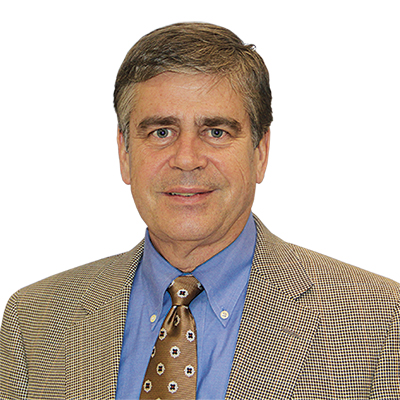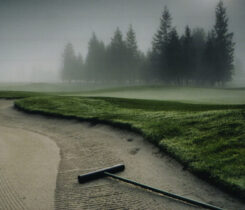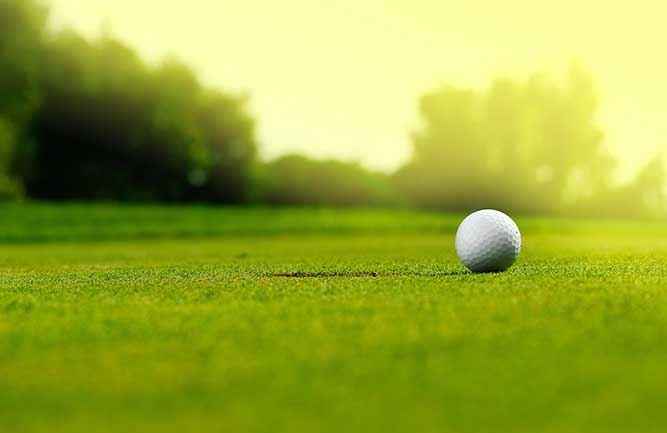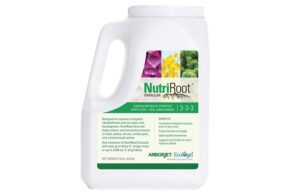Turf MD: Supply problems ahead
The coronavirus pandemic has exposed our daily buying habits to frustration and disappointment. Initially, that included toilet paper and house cleaning supply shortages and now involves a wide range of products. Shopping is much like living through the movie title, Dazed and Confused.
Prior to the pandemic, if I wanted to purchase a white dress shirt, I would simply head to a retail store. When I finally got around to shopping for that shirt, I quickly became frustrated and shocked as I wandered through several discount and retail stores unable to find a white shirt. I could buy a dress shirt in another color, just not white. Hours later, I fortunately found one white dress shirt in my size. I spent $115, the most I have ever spent for a single dress shirt.
During my journey through the stores, I asked several sales associates why they did not have one white dress shirt. I was given several reasons, many of which we now associate with the pandemic: increased demand, supply chain issues, labor shortage, restricted cargo shipping from foreign ports and trucking issues — to name a few.
We are now seeing many of the same reasons circulating through the golf course industry. Currently, the price of urea has doubled and tripled based on the rise of natural gas demand globally. Along with fixed contracts and export constraints, the price of nitrogen most likely will continue to rise. For 2022, given the cost and demand of nitrogen rising, just the practice of fertilizing the turf looks like it is going to be a challenge.
Similar to urea, the 2022 turfgrass seed market looks challenging too. The potential 2022 turf seed market has the additional issue of climate impacting seed supply and cost. An important factor in the current or potential seed supply issues dates back to the 2010 recession, where turf seed demand dropped significantly. With prices dropping, Oregon seed growers were looking for alternative crops to grow in place of grass like wheat. Cash crops like wheat can be grown, harvested and sold to a guaranteed buyer … an elevator.
Additionally, Oregon growers began to convert or increase their acreage into nontraditional crops like hazelnut. The vast majority of the world’s hazelnut production is found in Turkey, but during the first 18 years of the 2000s, Turkey was facing extensive political strife. The potential for global disruption in hazelnut production may have helped some growers to convert. Hazelnut production is more permanent in nature than a typical row crop. You cannot plow a hazelnut orchard under to plant grasses very easily.
This year, seed production faced a series of environmental issues. Drought this past spring and into the early summer impacted seed production by decreasing seed quality, while the extremely high summer temperatures during the pollen stage decreased pollen viability. The exact effect on 2021 seed crop is still being determined, but 2022 is shaping up to be a tough year. Given the current market trends, prices will increase and supply will be low.
“Just in time” is a popular concept globally. In the turfgrass industry, we implement the concept to purchase and deliver products. Normally, when we need a product, whether it is seed, a pesticide or equipment, it is a phone call or text to the supplier and it’s delivered in a timely fashion. That concept might become a luxury, especially with seed prices and availability becoming more sporadic.
Given the current and future 2022 projections for seed cost and availability, purchase seed when you can. If seed is purchased and required to be stored for use at a later date, store the seed under the proper environmental conditions. When it is time to seed, make a mental note to remind yourself what pure live seed means.
Returning to the white dress shirt, I had taken an unnecessary risk by waiting to the last minute to find that shirt. If I could have done it over, I would have shopped earlier. That important event was my son’s wedding.












